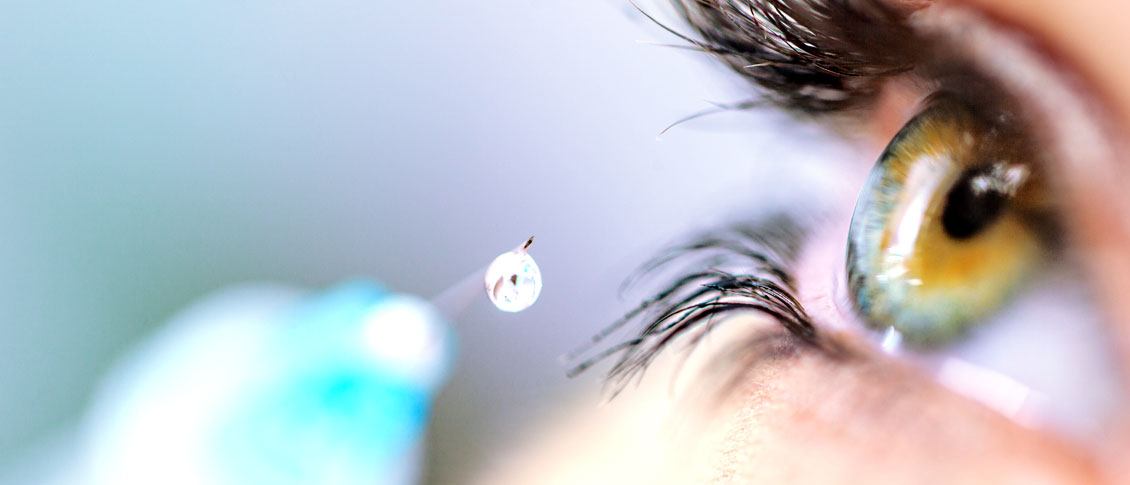
There are some eye conditions where your doctor might recommend an eye injection as a treatment option.
Injections into the eye, specifically into the vitreous or gel-filled cavity of the eye, are called intravitreal...

What are conditions that can affect a child’s vision and the potential for learning? What is Amblyopia? What is Strabismus? What about Convergence Insufficiency? These are serious conditions of a child’s eye that need addressed. Did you know that...



